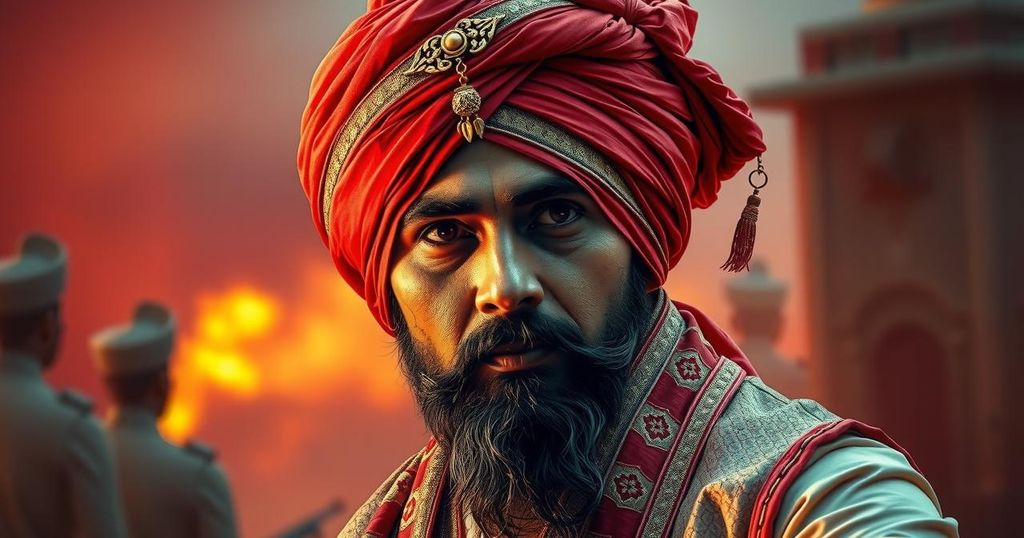Diljit Dosanjh’s Film Sardaar Ji 3 Faces Indian Censorship Challenges

- Diljit Dosanjh is a top Asian celebrity, yet Indian audiences cannot watch his film Sardaar Ji 3.
- Sardaar Ji 3 has been barred from Indian cinemas due to its Pakistani co-star.
- Political tensions following a Kashmir attack prompted censorship actions against films with Pakistani connections.
- Sardaar Ji 3 earned £2.9 million overseas but was denied release in India.
- Creative freedom in Indian cinema is increasingly threatened by censorship and cultural nationalism.
Diljit Dosanjh’s Stardom and Film Release Problems
Diljit Dosanjh, a prominent Asian star, has become a household name around the globe. His presence in pop culture is undeniable, ranking number one on the UK’s list of top 50 Asian celebrities. Despite successfully headlining numerous concerts across the UK, US, and Europe as part of his sold-out Dil-Luminati world tour, and making a striking appearance at the Met Gala in an ivory-toned turban, Indian audiences are still unable to access his latest film, Sardaar Ji 3.
Political Tensions Impacting Film Distribution
This film’s release troubles stem from a controversial situation involving its co-star, Pakistani actor Hania Aamir. Sardaar Ji 3 premiered internationally on June 27 and has already started making waves as a potential record-breaker in the Punjabi-language film sector. However, due to the heightened political tensions between India and Pakistan following a militant attack in Kashmir on April 22, 2025, Indian authorities have demanded the removal of all digital content linked to Pakistan. Unfortunately for Dosanjh and his fans, the Indian government’s censorship drove the Federation of Western India Cine Employees (FWICE) to urge the Central Board of Film Certification (CBFC) to withhold a release certificate for the film, largely on the grounds of Aamir’s Pakistani nationality.
International Success, Local Censorship Challenges
Despite its troubles in India, Sardaar Ji 3 is enjoying a successful run internationally, pulling in an impressive 336 million rupees (£2.9 million) in its opening week outside the country, plus it recorded the highest opening for an Indian movie in Pakistan. Film producer and distributor Girish Johar suggests that had the film been allowed release in India, it would likely have earned far more, given Dosanjh’s reputation. Another notable voice in the debate is acclaimed filmmaker Anurag Kashyap, who asserts that the backlash toward the film is rooted in more than just concerns about Aamir’s involvement. He sees the resistance as a clash of ideology, suggesting a broader societal fear regarding narratives that challenge the prevailing majorities in India. He warns that the refusal of the film’s release sends a worrying message about creative freedom and the increasing fear of exploring stories that could upset mainstream ideals.
Ongoing Censorship Issues in Indian Cinema
Interestingly, the hurdles faced by Dosanjh’s film are not isolated incidents. Another one of his films, Panjab ‘95, which is a biopic looking at human rights activist Jaswant Singh Khalra, has also experienced significant hurdles getting a release. The director, Honey Trehan, highlighted the extensive and confusing censorship process they faced, where cuts required by the CBFC increased alarmingly. After submitting the film for certification back in 2022, the filmmaker was initially asked for 21 cuts, later becoming 127—an absurd escalation that left much of the essential storyline on the cutting room floor. Trehan reflects on the absurdity, noting a demand to alter critical elements and the aim of exhausting filmmakers to the point of walking away from their project entirely.
Diljit Dosanjh’s celebration of global success with Sardaar Ji 3 contrasts sharply with the film’s ban in India, rooted in political tensions and nationalistic sentiments. The ongoing censorship issues also affect his previous film Panjab ‘95, provoking debate about artistic freedom in Indian cinema. The entire situation highlights a broader cultural struggle, as filmmakers like Dosanjh face mounting challenges while the audience remains eager to support their work.






